In a surprising move, Hooters has closed 40 of its restaurants as the industry battles increased costs for rent and food.
These closures place Hooters alongside other chains like Red Lobster, struggling to keep up with escalating economic challenges.
A Swift and Sweeping Decision

Recently, Hooters made the decision to close multiple locations across states such as Florida, Kentucky, Rhode Island, Texas, and Virginia.
These closures happened mostly over a single weekend, significantly shrinking Hooters’ presence and pointing to unstable conditions in the dining sector.
Not Sinking Like Others
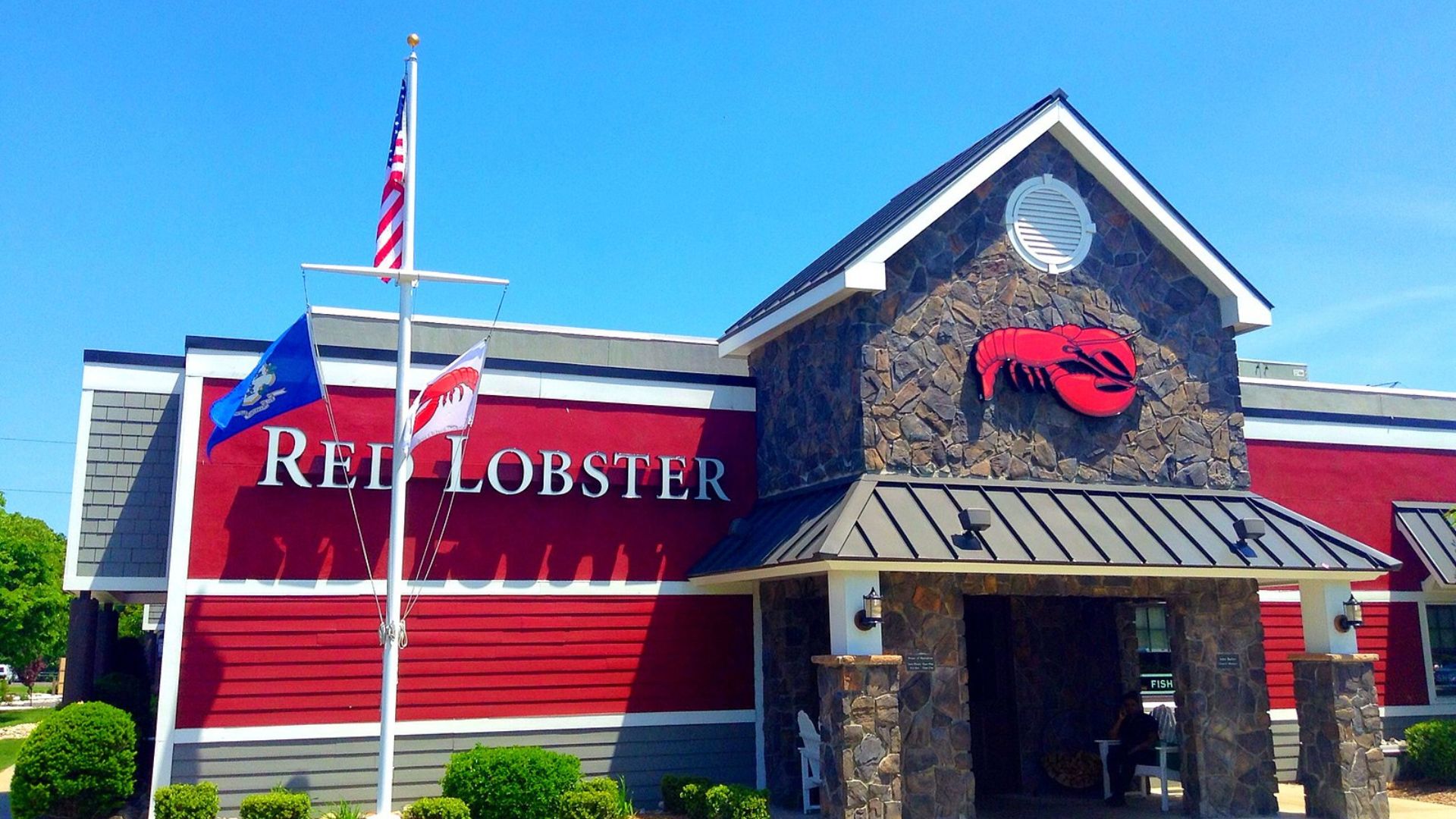
Despite the drastic closures, Hooters isn’t facing the grim depths of bankruptcy like Red Lobster.
The company maintains that their 41-year-old brand “remains highly resilient and relevant,” aiming to reassure patrons and investors alike.
Frozen Wings to the Rescue?
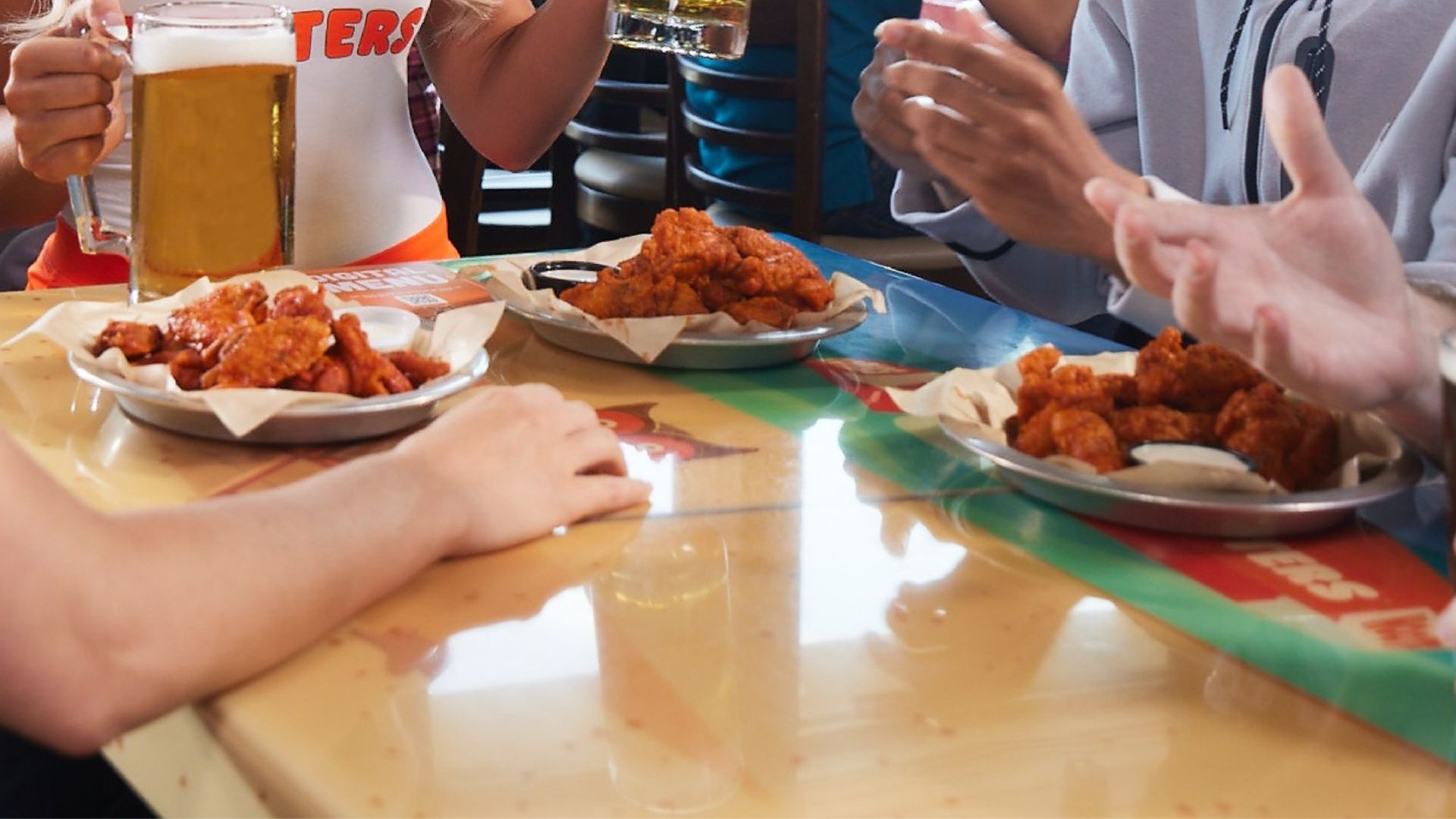
In a pivot from dine-in to your freezer, Hooters is diving into the frozen food market.
They’ve launched a range of Hooters-style frozen delicacies available in supermarkets across the nation, hoping to capture the taste of their menu at home.
Strategic Closures Amidst Economic Strain
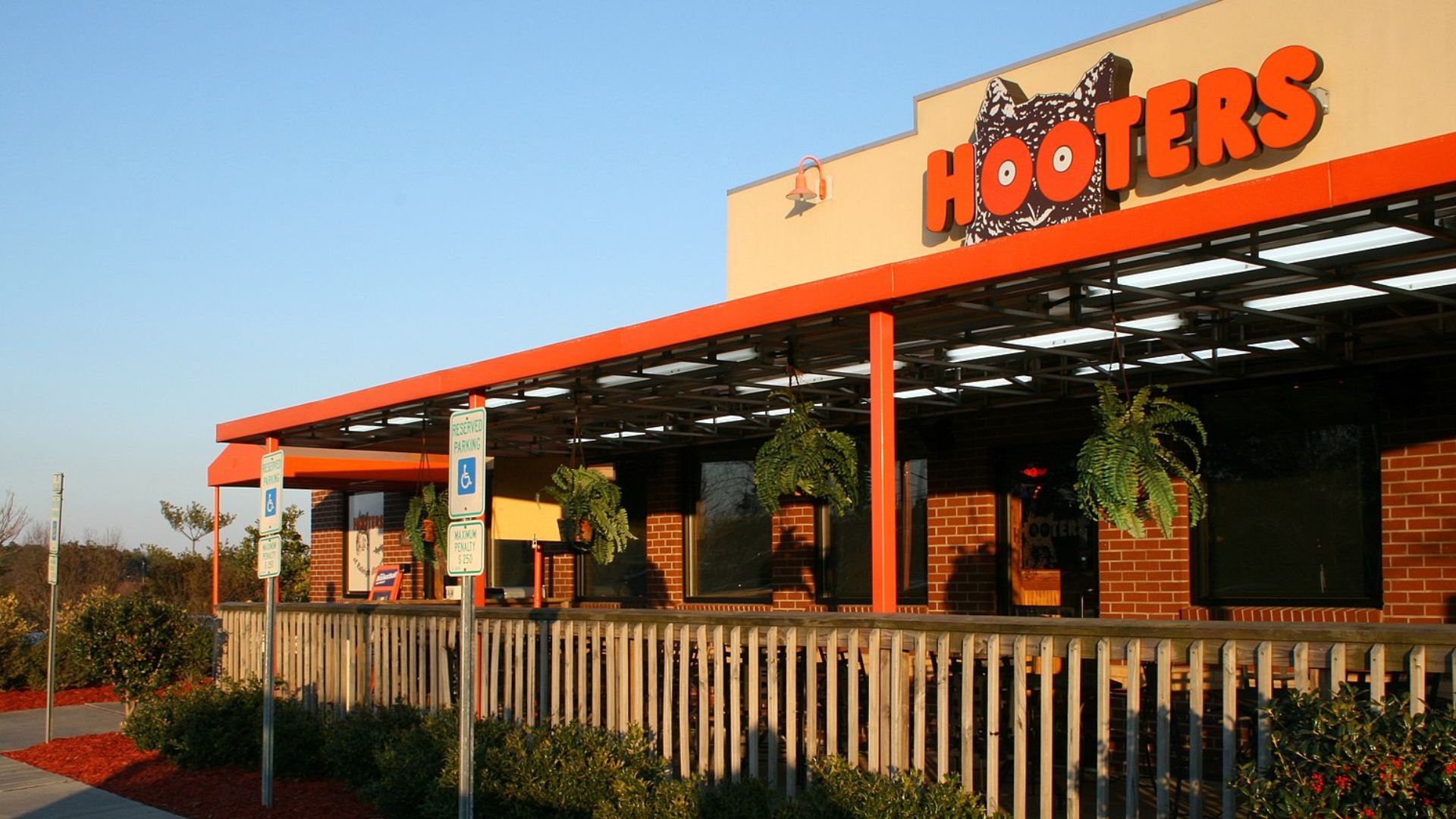
A company spokesperson shared that these closures were a strategic choice in response to “current market conditions,” targeting underperforming locations.
It’s a calculated effort by Hooters to streamline operations and stabilize financially.
A Promise to Keep Serving
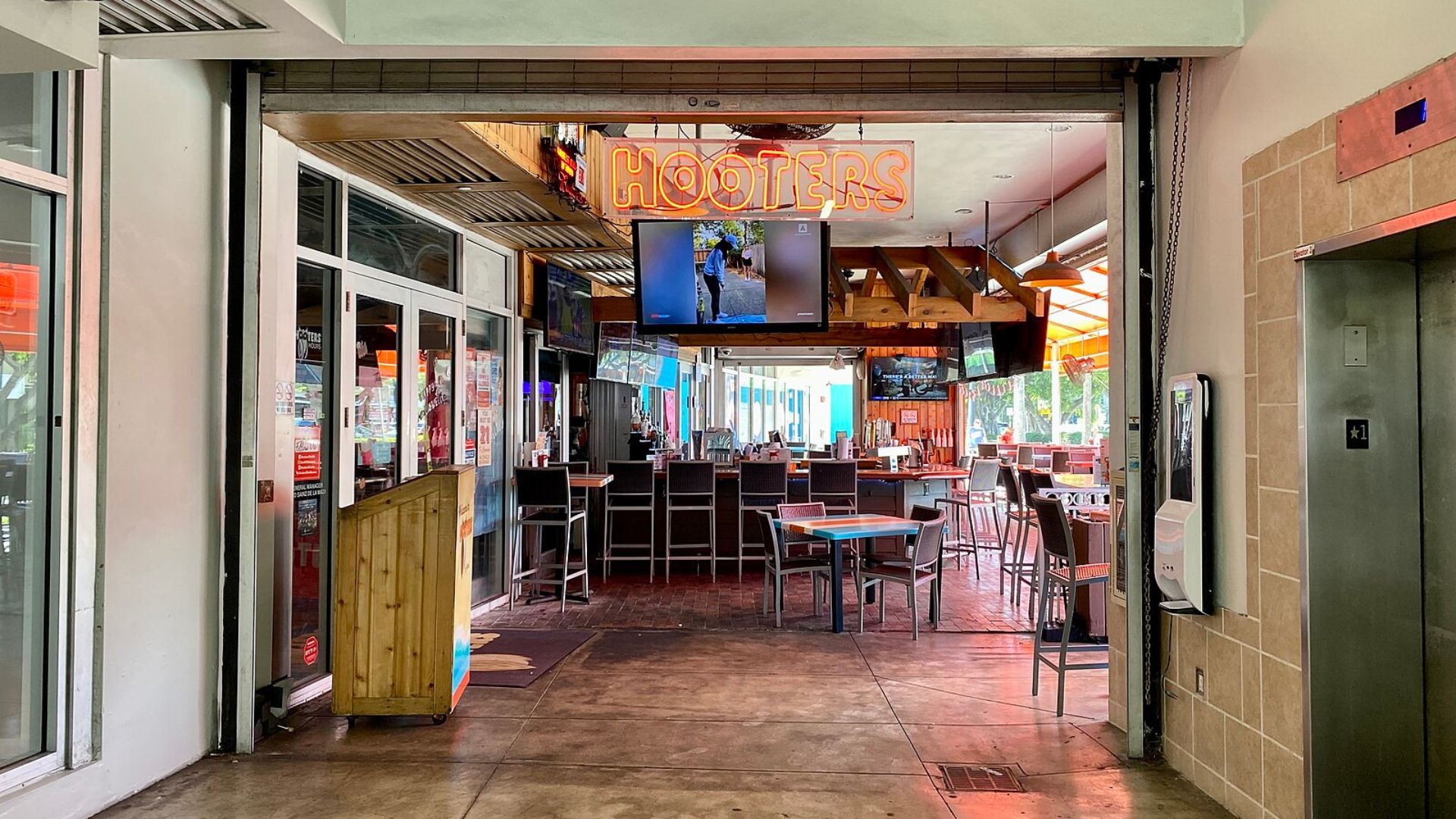
Despite fewer restaurant locations, Hooters is committed to remaining accessible to its customers, aiming to serve them “at home, on the go and at our restaurants here in the US and around the globe.”
This reflects their ongoing dedication to their customer base.
Shrinking Global Footprint
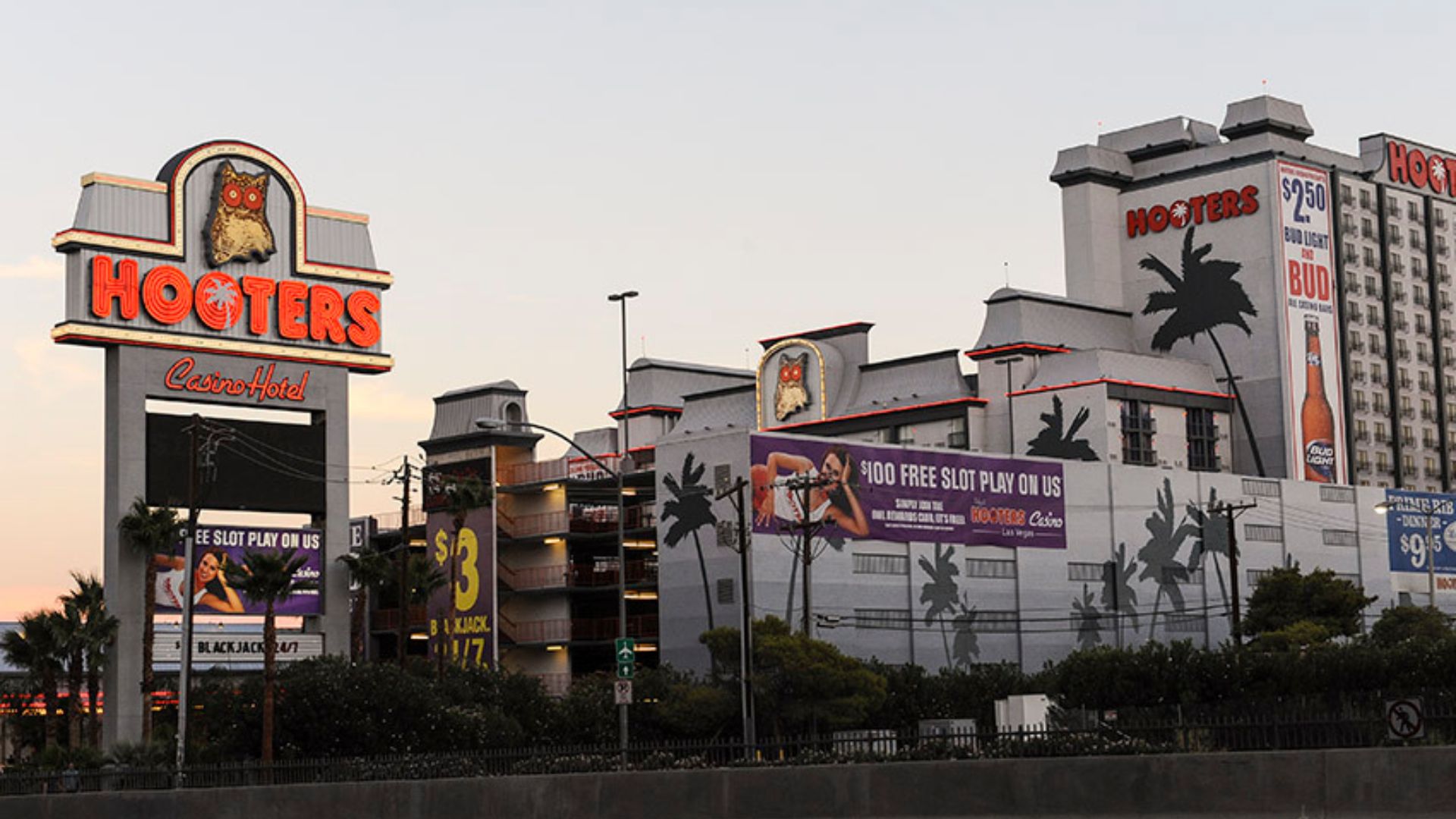
Post-closure, Hooters will operate around 300 global outlets, down from 333 in 2018.
The shrinkage reflects broader industry trends where even major players are having to reconsider their scale of operations.
Competitors Still Expanding
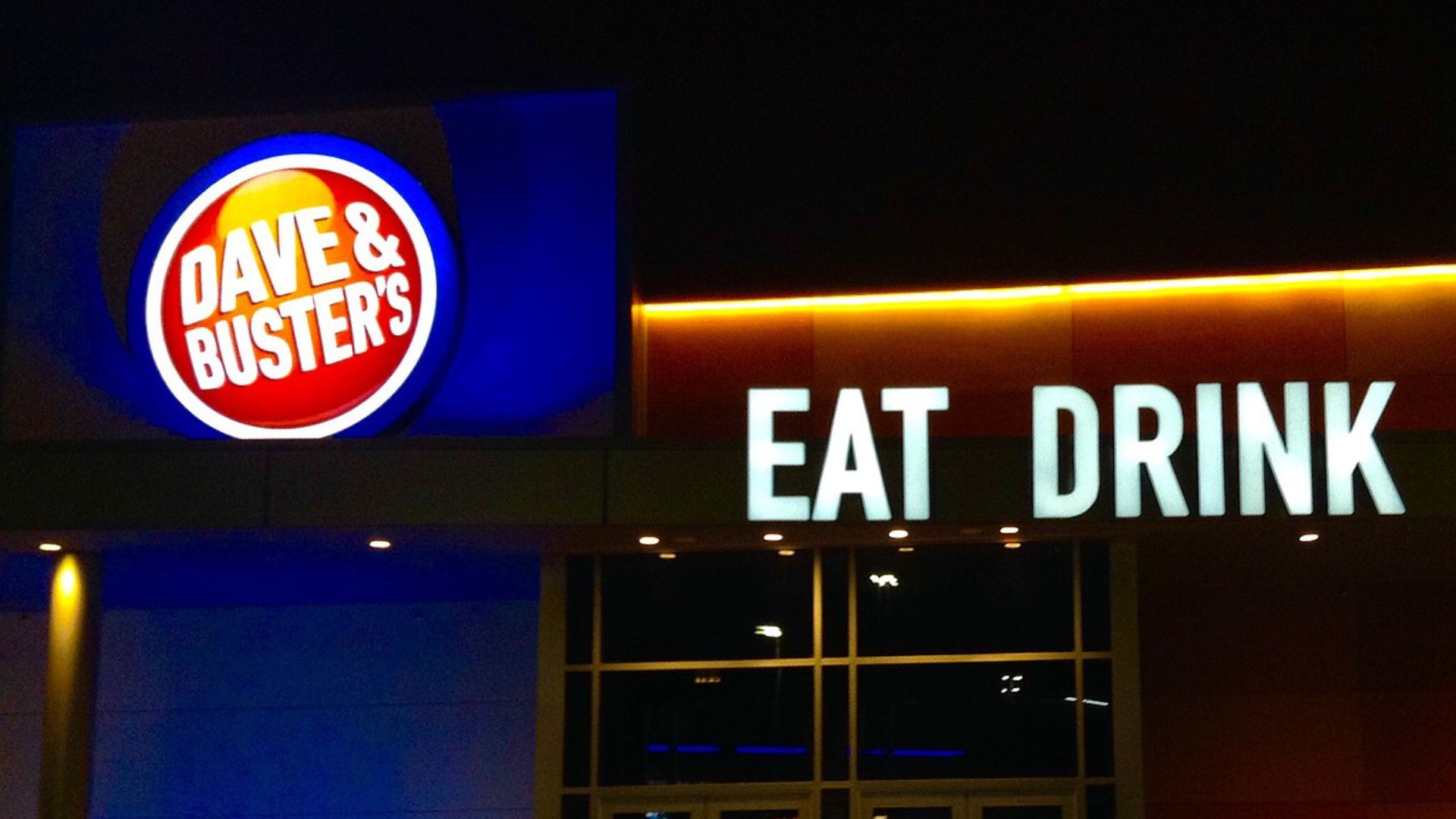
While Hooters retracts, competitors like Dave & Buster’s, Miller’s Ale House, and Twin Peaks are managing to hold their ground or even expand.
This showcases the varied impacts of the economic environment on different entities within the restaurant world.
The Price Hike Backlash
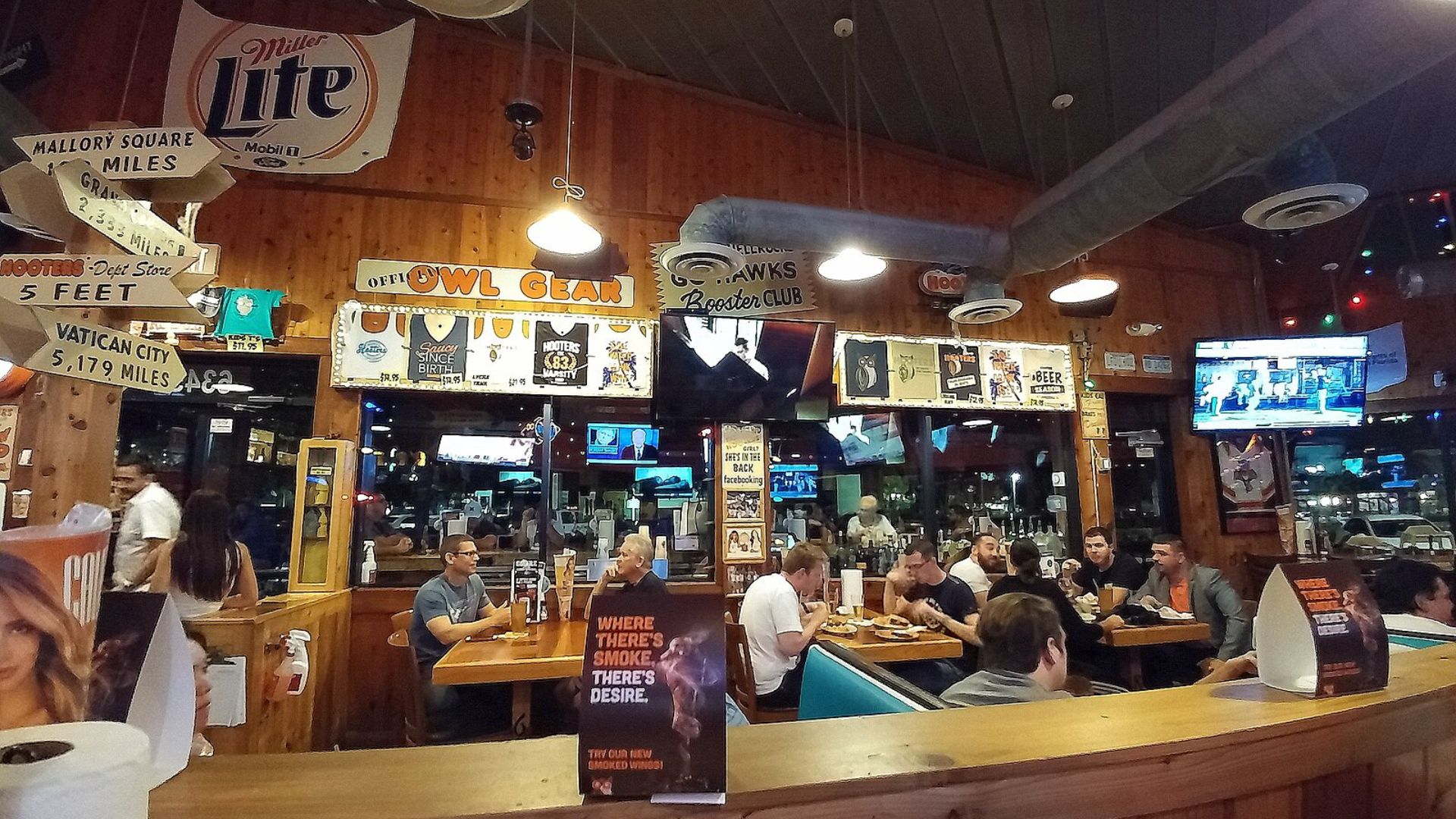
In an effort to manage rising costs, Hooters, among others, has increased menu prices.
Unfortunately, this has led to fewer customers walking through the doors, as diners balk at the higher costs.
Industry-Wide Retraction
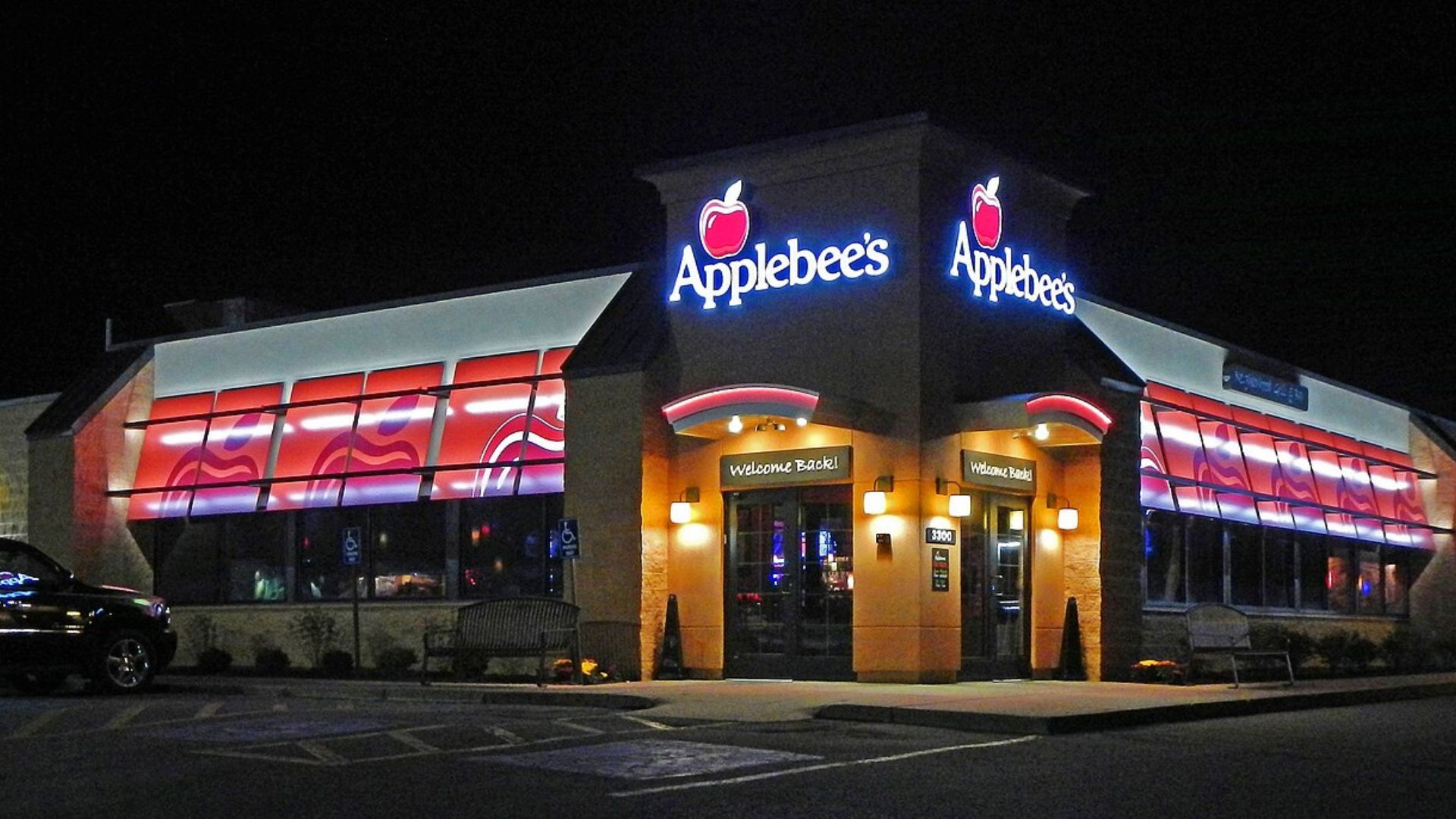
The landscape of dining is changing, with widespread closures affecting not just Hooters but also major chains like Applebee’s, TGI Fridays, and Boston Market, as well as smaller brands like BurgerFi.
These closures highlight the ongoing struggles within the restaurant industry.
Wage Increases Trigger Closures
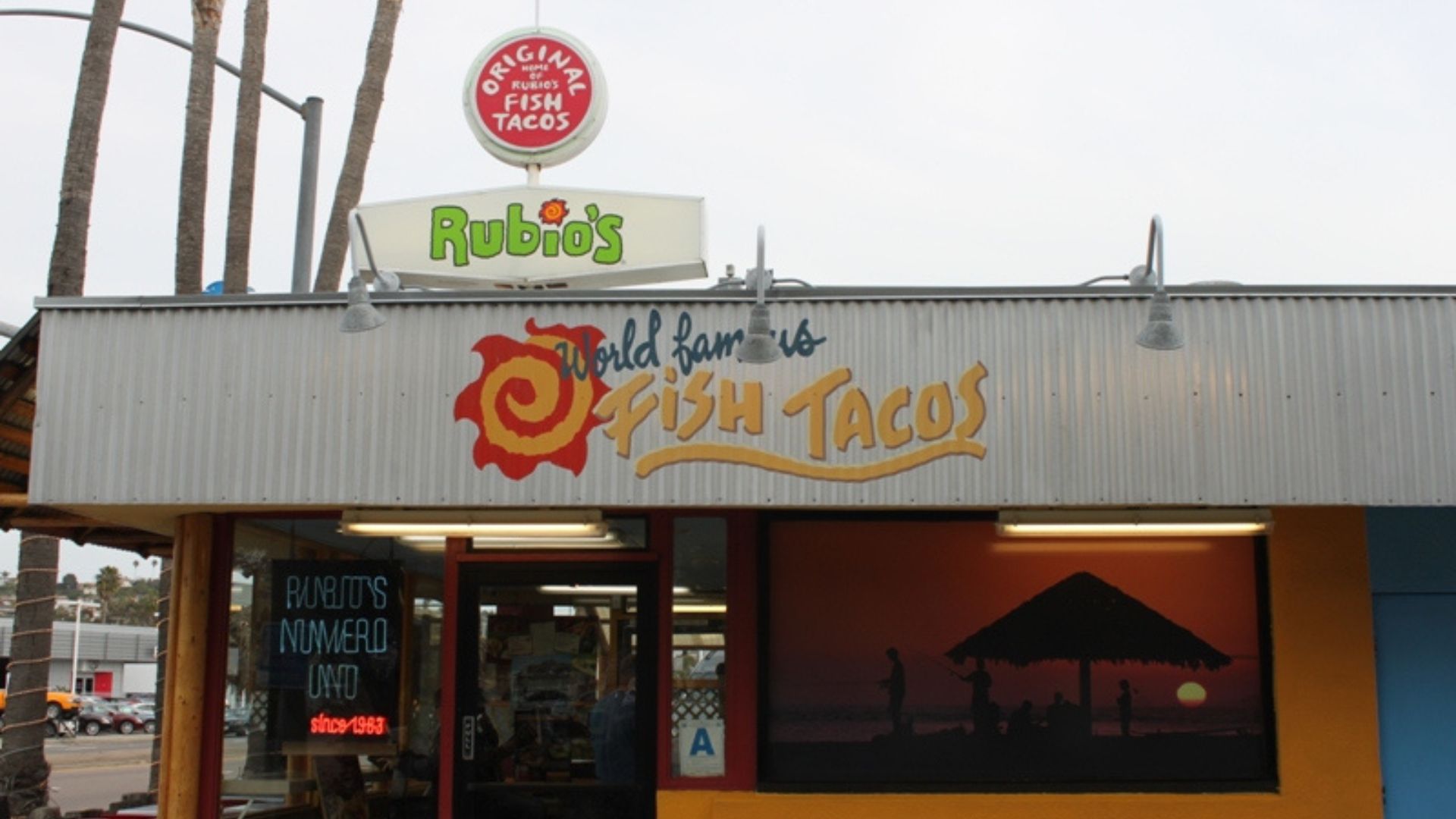
Significant impacts have been felt in California, where the minimum wage for fast food workers was raised to $20 an hour.
This hike has led some restaurants, including Rubio’s, to shut down many locations, struggling under the weight of increased labor costs.
Hooters’ Mixed Year of Milestones and Setbacks
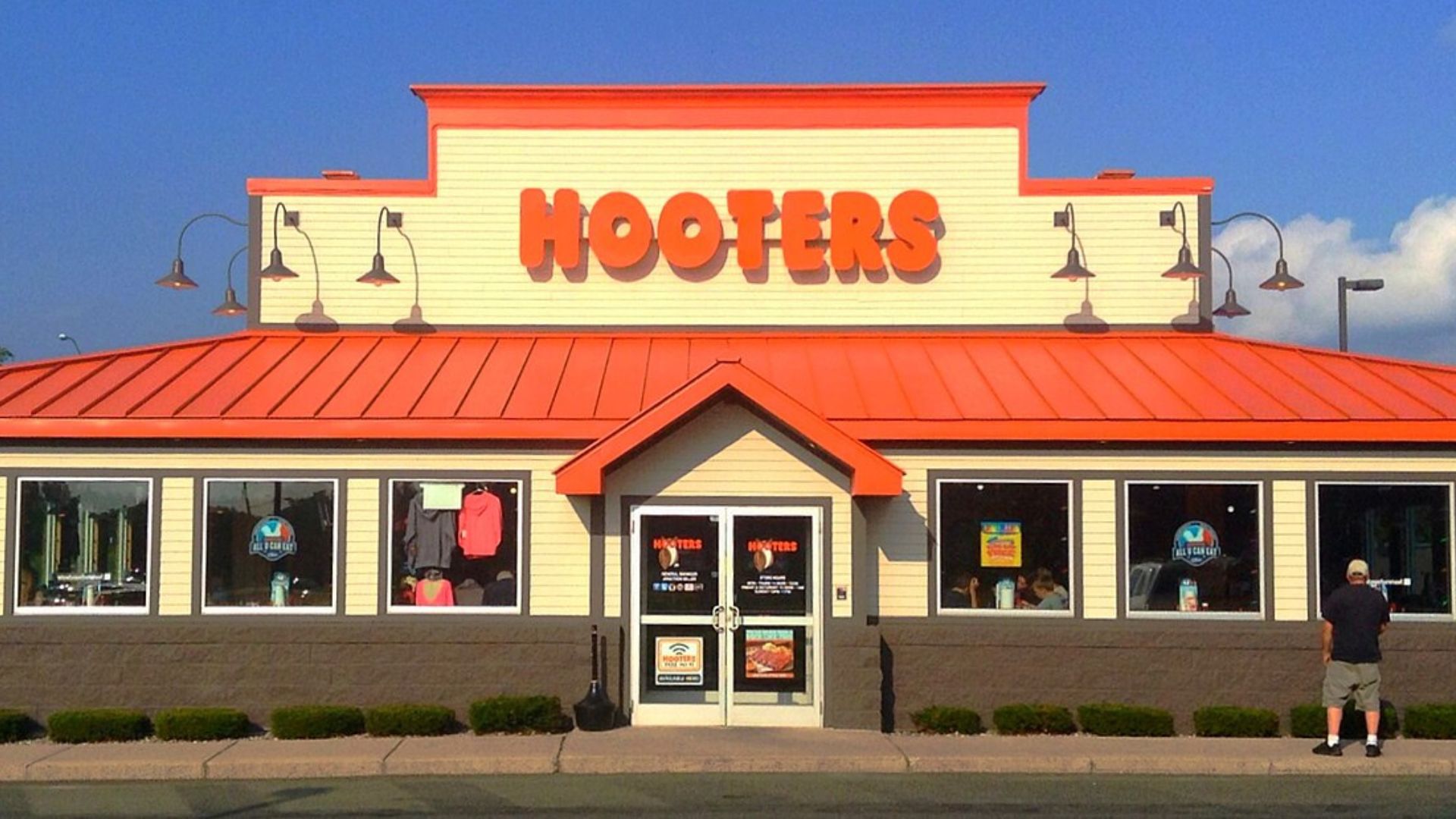
Despite these challenges, Hooters marked its 40th anniversary in 2023 with optimism, opening new locations in Las Vegas and Florida.
These expansions illustrate the company’s efforts to balance growth with strategic pullbacks, navigating through an unpredictable market landscape.
